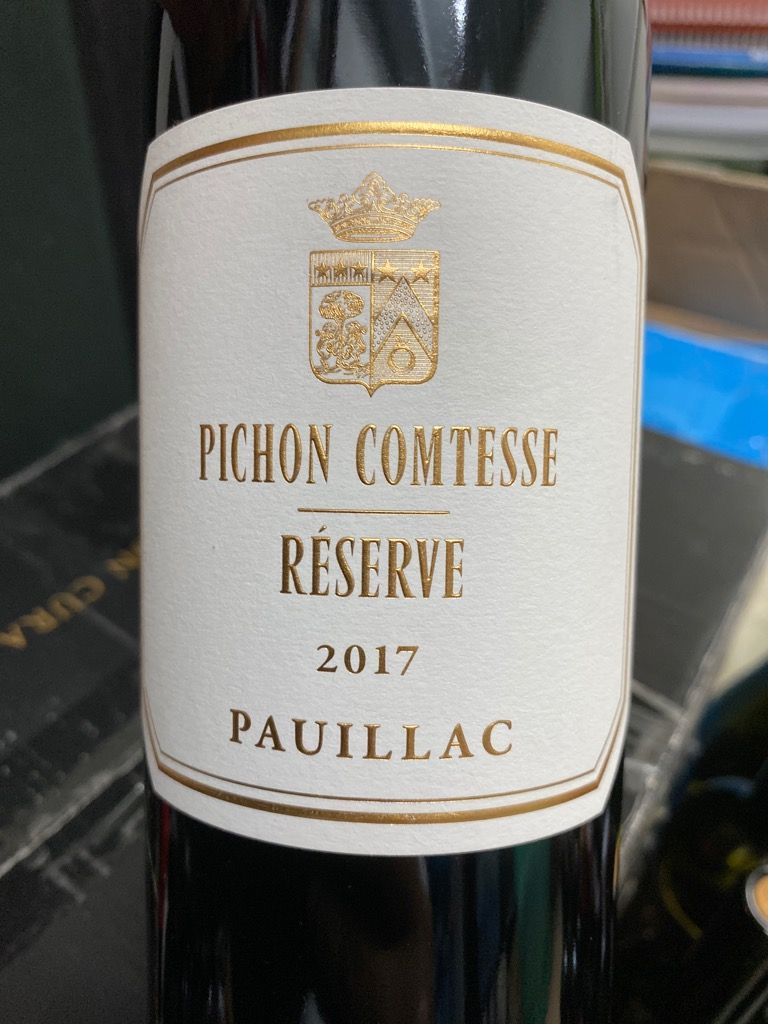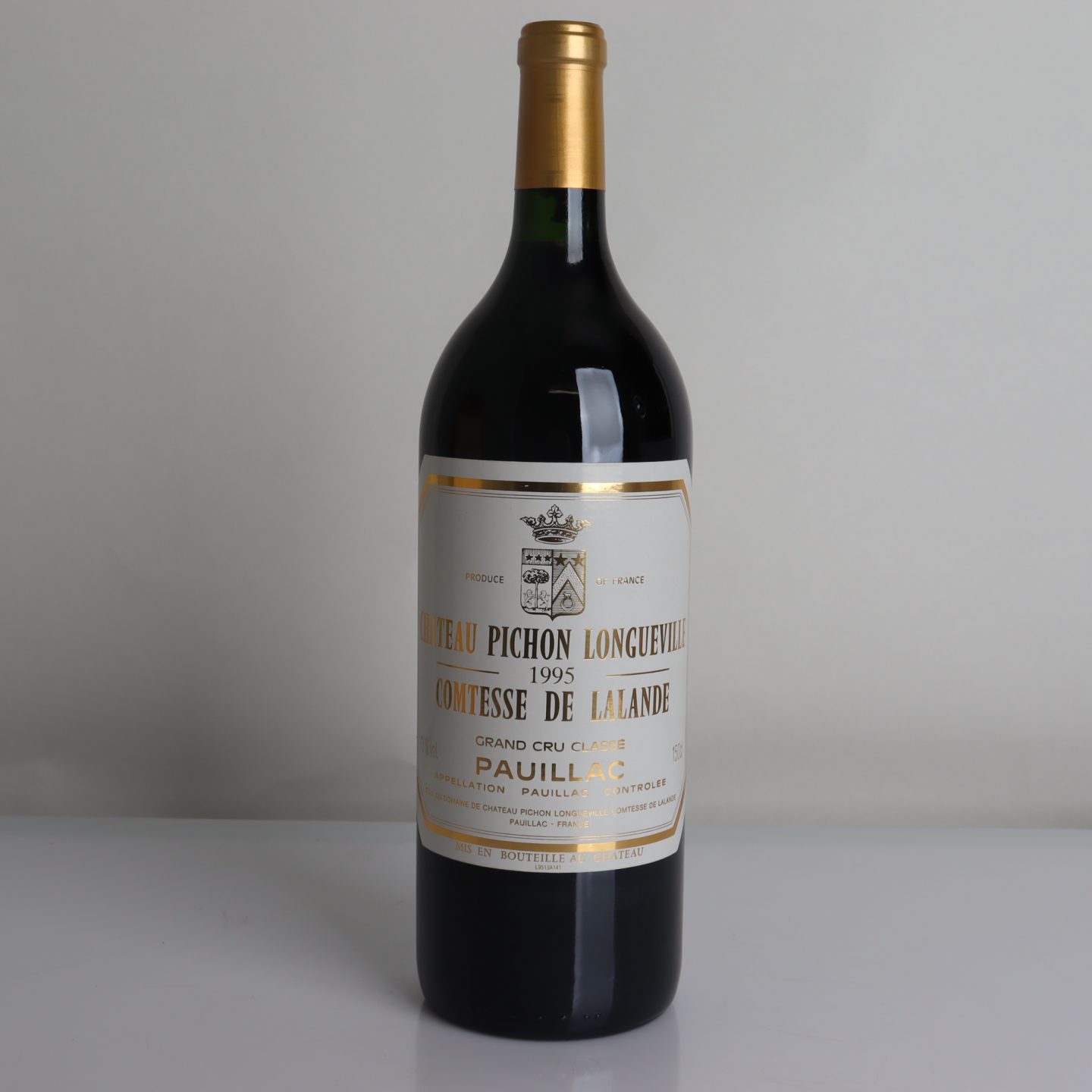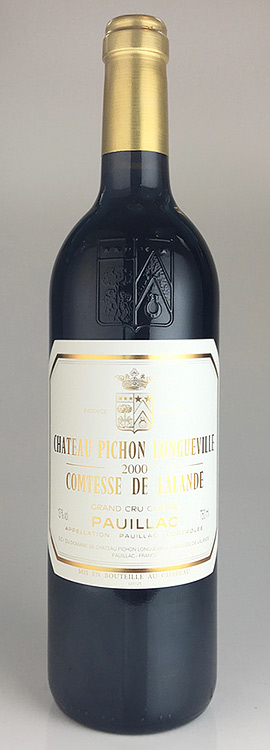

Pauillac is an important commune of the Medoc on the left bank of Bordeaux's Gironde estuary. Although Bordeaux makes some of the world’s most expsenive wines, less expensive but good value alternatives come from Moulis and Listrac on the left and Bourg and Blaye on the right offer less expensive wines for earlier consumption.

While those of Pessac- Léognan’s are dry, Sauternes and Barsac make world-famous sweet whites. The Graves and it’s enclave Pessac-Léognan make both red and white wine. Estephe, Paulliac, St.Julien, and Margaux. From north to south the Médoc includes the famous classed growth chateaux in the communes of St. In between the Garonne and Dordogne is the Entre-Deaux-Mers region, French for 'between two seas'. The left bank, on the west side of the Gironde, consists of the Médoc and Graves, while Pomerol and St. The Gironde estuary and its two tributaries, the Garonne and Dordogne, splits the region into the ‘left bank’ and ‘right bank’. Located in South West France, Bordeaux is one of the World’s most important wine producing regions. Bordeaux, Burgundy, Champagne, and the Rhone may still dominate the market for fine wine, but regions including the Loire, Alsace, Languedoc & Roussillon and the South West are increasingly becoming excellent sources of good quality, affordable wines. While there might seem to be an alarming disparity between the most sought after wines (were a case might set you back as much as a deposit on a small house) and the millions of gallons of vin de table filling up the European wine lake every year, there is so much great value to be found between the two extremes. It is the country from where the vast majority of the New World's most popular "international" grapes and stylistic influences originate. Given the diverse geography, with so much of the country providing the climate and soil suitable for viticulture, it is no surprise that its produces such an extensive and varied selection of wines. Cabernet Sauvignon also plays an increasing role in Tuscany, Italy, where it is blended with native varieties such as Sangiovese to produce the Super Tuscans.Ī country viewed by many as the home of fine wine, it is almost unique in terms of how embedded food and wine is in the nations culture. It is grown extensively throughout Southern Australia, with some outstanding examples from the Terra Rossa soil of Coonawarra. Julien, and has achieved equal success in California’s Napa Valley. It is the main constituent of the Bordeaux blend in the revered communes of Pauillac, St.

Cabernet Sauvignon’s success is partly due to its ability to adapt to a range of soils and climates. Maturation in small oak barrels can develop a complex range of aromas from cedar wood, cigar box and tobacco to eucalyptus and undergrowth. Common aromas include blackcurrants, mint, graphite, and forest floor, to name a few. Grown in just about every wine producing region and climate, Cabernet Sauvignon can express a huge range of aromas, from green peppers in cool climates through to dark jammy fruit in hot regions. Producer: Château Pichon Longueville Comtesse de Lalandeįree Ground Shipping on this item (Free shipping does not apply on mixed items)Ĭabernet Sauvignon is one of the most prominent dark-skinned grape varieties except Merlot in terms of area under vines, but which comprises our largest selection of wines. This is a rich, opulent, stunning Pichon Lalande that is beginning to drink beautifully, yet should continue to improve for at least another 10-15 years and last 30 or more years. The Petit Verdot certainly gives the wine more of a tapenade, floral note, which I think can be interpreted by some as herbal. Dense purple in color, with loads of coffee, mocha, creme de cassis, and chocolate notes, this is a somewhat unusual blend of 50% Cabernet Sauvignon, 34% Merlot, and a whooping 10% Petit Verdot, with a little bit of Cabernet Franc.

In short, I find this to be a spectacular Pichon Lalande. I do think there is a hint of bay leaf and a meatiness to it. Sitting next to my former colleague, Pierre Antoine Rovani, at one of the tastings, he commented that he didn’t like the striking green note in the aromatics of this wine, which I didn’t detect at all, and a subsequent bottle at another tasting did not reveal it either.


 0 kommentar(er)
0 kommentar(er)
